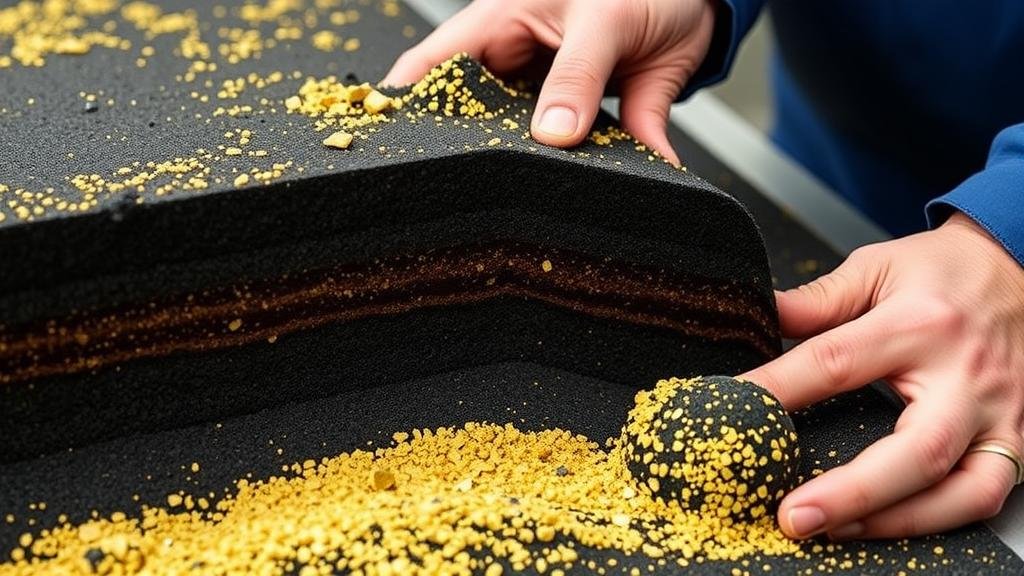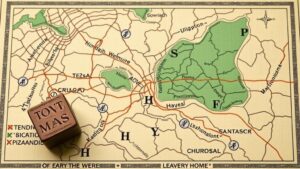Testing Heavy Black Sand Layers for Fine Gold Concentrations
Testing Heavy Black Sand Layers for Fine Gold Concentrations
Heavy black sand layers frequently occur in riverbeds and other sedimentary environments, often acting as a trap for fine gold. Understanding how to test these layers for gold concentrations is essential for gold prospectors and mining enthusiasts. In this article, we will delve into the characteristics of heavy black sands, methodologies for testing, and real-world applications.
Understanding Heavy Black Sands
Heavy black sands are typically composed of various minerals, including magnetite, ilmenite, and hematite, which possess higher specific gravities than surrounding materials. e sands often accumulate in areas with strong currents, where heavier particles settle below lighter materials. The presence of these sands can indicate potential gold deposits, as their weight assists in the retention of fine gold particles during sediment transport.
Characteristics of Fine Gold in Black Sand
Fine gold can often be found mixed within black sand layers. Due to its low density, fine gold tends to bond with heavier black sands, making it less prone to being washed away. By understanding the properties of fine gold, prospectors can more effectively target these deposits.
Methodologies for Testing
Testing heavy black sand layers for gold concentrations involves several methodologies, each with distinct advantages. Below are some commonly utilized methods:
- Panning: This traditional method involves using a pan to separate gold from other materials. A small sample of black sand is placed in a pan with water, and through careful agitation, lighter materials are washed away, allowing heavier particles like gold to settle at the bottom.
- Dry Washing: In arid environments, where water is scarce, dry washing utilizes air and vibration to separate gold from sand. This method is particularly effective for fine gold recovery in deserts.
- Magnet Separation: Since many black sand components are magnetic, employing a magnet can help isolate non-magnetic gold particles from the heavier magnetic sands. This method can quickly simplify examination processes.
- Gravity Concentration Tools: Devices such as jigs or sluice boxes can enhance the separation process, utilizing gravity to separate materials based on density. These tools can be scaled for various testing environments.
Real-World Applications
The methodologies described have been successfully implemented in various parts of the world. For example, in the Sierra Nevada region of California, miners utilizing panning methods have consistently recovered fine gold from heavy black sand layers in riverbeds. Plus, small-scale miners in the Philippines use dry washing techniques to extract fine gold from coastal black sand deposits.
Also, academic research has investigated the phenomena of gold concentration within heavy black sands. Studies indicate that sites with higher concentrations of magnetite often correlate with enriched gold deposits, offering a target for further exploration.
Challenges and Considerations
While testing heavy black sand layers can yield promising results, prospectors should be aware of potential challenges:
- Presence of Fines: Fine gold particles can be easily lost in the testing process if not handled with care. Its crucial to minimize disturbances during panning or washing.
- Regulatory Compliance: Always ensure compliance with local mining regulations and secure permissions if necessary, as some areas may be protected or restricted.
- Environmental Impact: Conducting tests responsibly limits impacts on local ecosystems. Useing sustainable practices is essential for many mining enthusiasts.
Actionable Takeaways
To effectively test heavy black sand layers for fine gold concentrations, miners should consider the following steps:
- Use appropriate testing methods based on environmental conditions.
- Carefully handle samples to prevent the loss of fine gold particles.
- Stay informed about local regulations and adopt sustainable practices.
To wrap up, testing heavy black sand layers can offer significant rewards for those seeking fine gold. By employing the right methodologies and adhering to best practices, prospectors can enhance their chances of a successful and ethical exploration experience.



